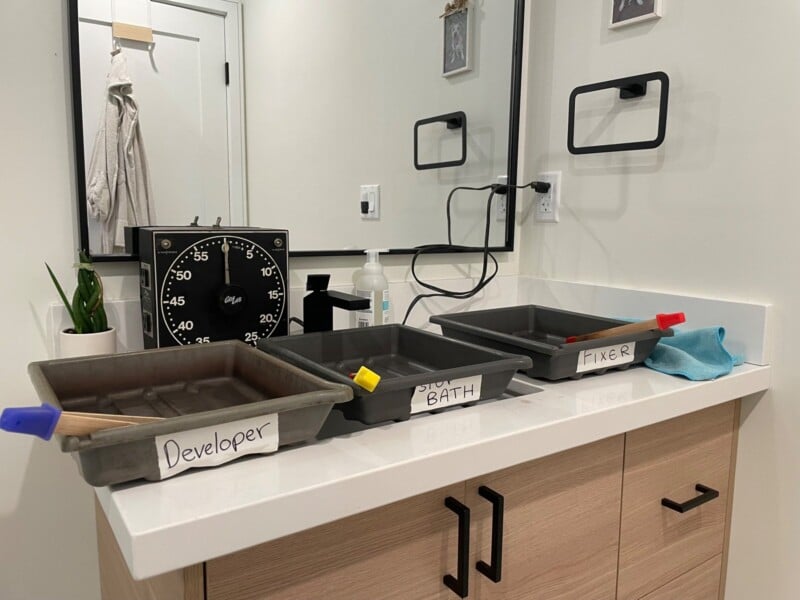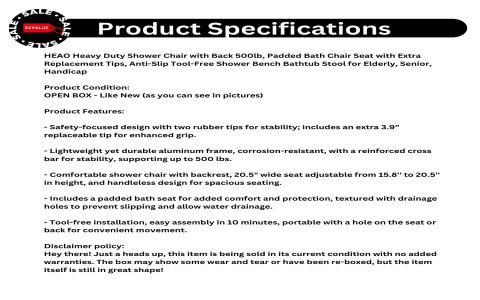Dark bath techniques isolate microscopic samples in refractive index-matched fluid, eliminating wall effects for accurate particle tracking and flow visualization. Core setup requirements focus on precision and simplicity.
Essential Hardware
- Optically Clear Tank: Square borosilicate glass container (minimum 10cm side length). Avoid plastics due to refractive inconsistencies.
- Immersion Fluid: Use glycerin-water mixture (typical ratio 60:40 v/v). Calibrate refractive index (η ≈ 1.45) to match sample/microscope slide using refractometer.
- Backlight: High-intensity monochromatic LED array (520nm or 630nm preferred). Diffuse light source using frosted glass/acrylic.
- Sample Mount: Non-reactive metal/glass holder suspended centrally, minimizing wall proximity (>5mm clearance).
- Dark Enclosure: Light-tight box or thick blackout fabric covering tank and optics.
Critical Setup Protocol
1. Fluid Preparation: Degas glycerin-water mix under vacuum (30 mins) to eliminate bubbles. Verify η ±0.002 matching.
2. Tank Sealing: Apply silicone vacuum grease to tank lid O-ring. Prevent ambient light leakage and fluid evaporation.

3. Backlight Configuration: Place diffuser ≥15cm from tank. Angle LED slightly (5-10°) to avoid direct reflections into optics.
4. Sample Loading: Immerse sample slowly using tweezers. Allow 5 mins thermal equilibration before imaging.
Calibration & Safety
- Map pixel-to-micron ratio with stage micrometer under operating conditions
- Ground all electronics to prevent stray currents in conductive fluids
- Wear nitrile gloves - glycerin causes skin dehydration
Optimization Tips
Add tracer particles (e.g., 1μm polystyrene) at ≤0.01% volume fraction. For high-viscosity fluids (>50cP), pre-heat immersion bath to 30°C ±1°C using PID-controlled thermal tape.







